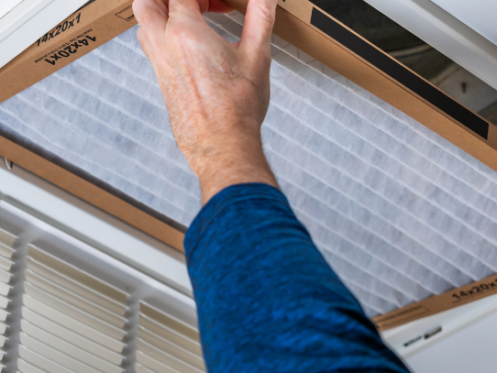HVAC filters are the key component of the system responsible for removing dust, pollen, allergens, pet dander, and other pollutants from the air. For household members with allergies, clean air is especially important during allergy season. If you’re considering improving your home’s indoor air quality or just want to learn more about HVAC filters, here are seven types of filters that can be found in a residential HVAC system in Orange County, Anaheim, and surrounding areas.
- HEPA filters
HEPA stands for high efficiency particulate air. Thus, a HEPA filter can remove at least 99.97% of dust, pollen, mold, bacteria, and airborne particles with a size of 0.3 microns. HEPA filters with a MERV rating of 16 are the most efficient in removing pollutants from the air.
Though this type of filter is very efficient, it cannot remove gas, fumes, and other foul odors.
- Washable filters
Washable filters are more expensive but they can be reused, making them a cost-effective option in the long-run. This type of filter should be washed once every two to three months to ensure maximum efficiency. A washable filter can typically be used for the entire lifespan of an HVAC system, however it has a low MERV rating compared to other types of filters.
- Media filters
Media filters effectively trap allergens and don’t require significant maintenance. However, a media filter cannot remove foul odors.
- UV filters
A UV filter uses ultraviolet light to kill bacteria and viruses. A UV lamp equipped with germicidal radiation purifies the air and effectively removes mold spores. Homeowners will need to replace the bulb annually to keep the filter functioning effectively.
On the other hand, installation is costly when compared to other types of filters. In addition, UV filters cannot remove allergens, dust, fumes, and smoke.
- Pleated filters
A pleated filter can be made with cotton folds or polyester fabric, and have a MERV rating between five and 13. This type of filter effectively traps debris, mold spores, and pet dander, and even minimizes HVAC noise.
- Spun glass filters
Spun glass filters are affordable and great for trapping dust and debris. However, it isn’t effective in catching allergens and other airborne contaminants.
- Electrostatic filters
An electrostatic filter uses an electrostatic charge to attract airborne allergens and dust particles. This type of filter is a cost-effective option, however it can’t filter mold spores.
